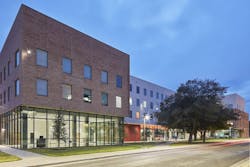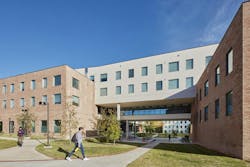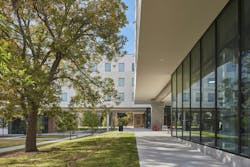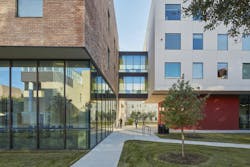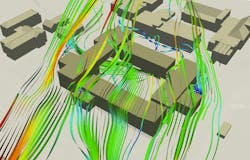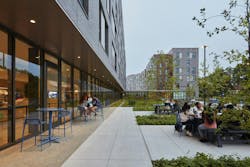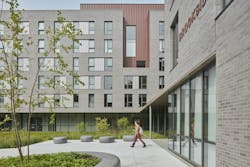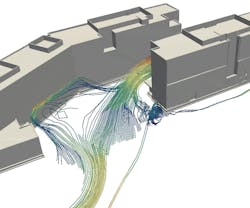Microclimates and community
Creating meaningful places that contribute to a network of campus open spaces is a primary objective when we design projects for higher education. At the core of this design challenge is the fundamental relationship between a building and its immediate site.
There are many aspects to this relationship: scale, materials, campus context, and open space systems — however the very local micro-climate has an oversized impact on user comfort in a specific place. These high quality exterior gathering places are increasingly important in supporting community — at all times of the year — while engaging in appropriate social distancing as a response to COVID 19.
Sasaki’s interdisciplinary architecture and landscape architecture teams have been able to understand, engage with and influence future building micro-climates by collaborating with Klimaat on climate modeling and design analysis. Two successful examples with differing climate requirements are Saint Edward’s University Saint Andre Residence Hall in Austin Texas and the University of Rhode Island Brookside Apartments in North Kingston, Rhode Island.
Saint Edward’s University Saint Andre Residence Hall — Austin, TX
University of Rhode Island Brookside Apartments — South Kingston, RI
At the University of Rhode Island the climate challenge was to create places that were protected from the bitter northern winter winds and to extended outdoor comfort in both the fall and spring shoulder seasons when along with the winter months, students spend the majority of time on campus. Again with the guidance of Klimaat we designed two offset housing slabs creating two courtyards; a northern courtyard capturing the afternoon sun and a southern courtyard capturing the morning sun.
